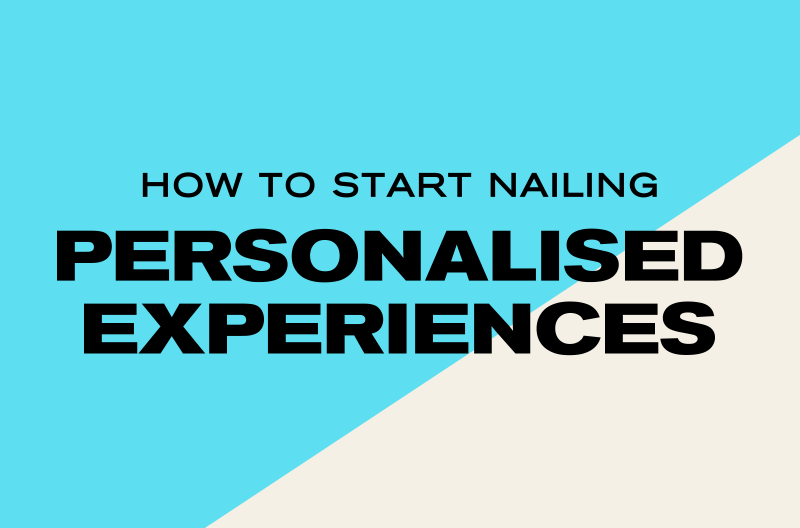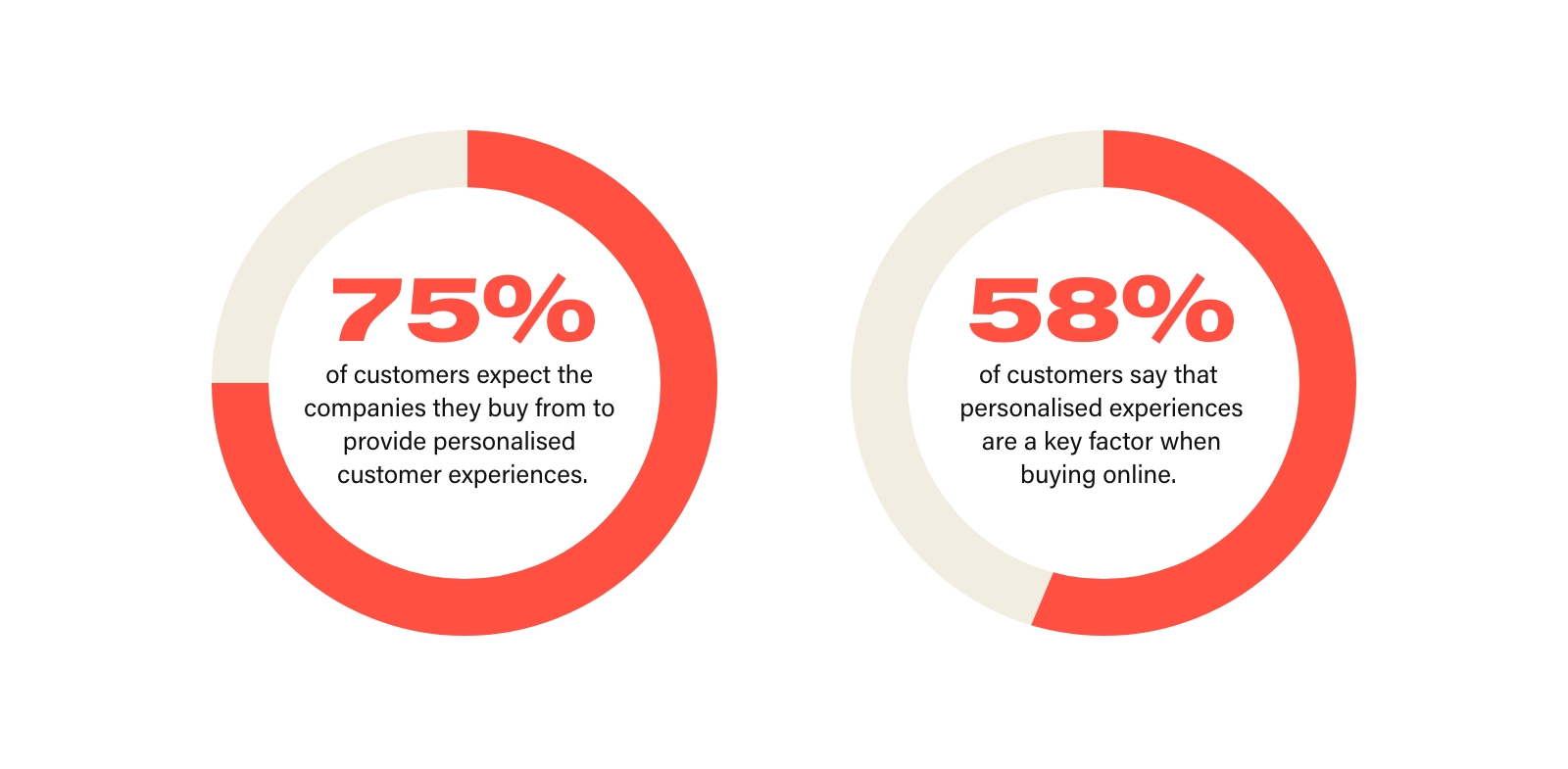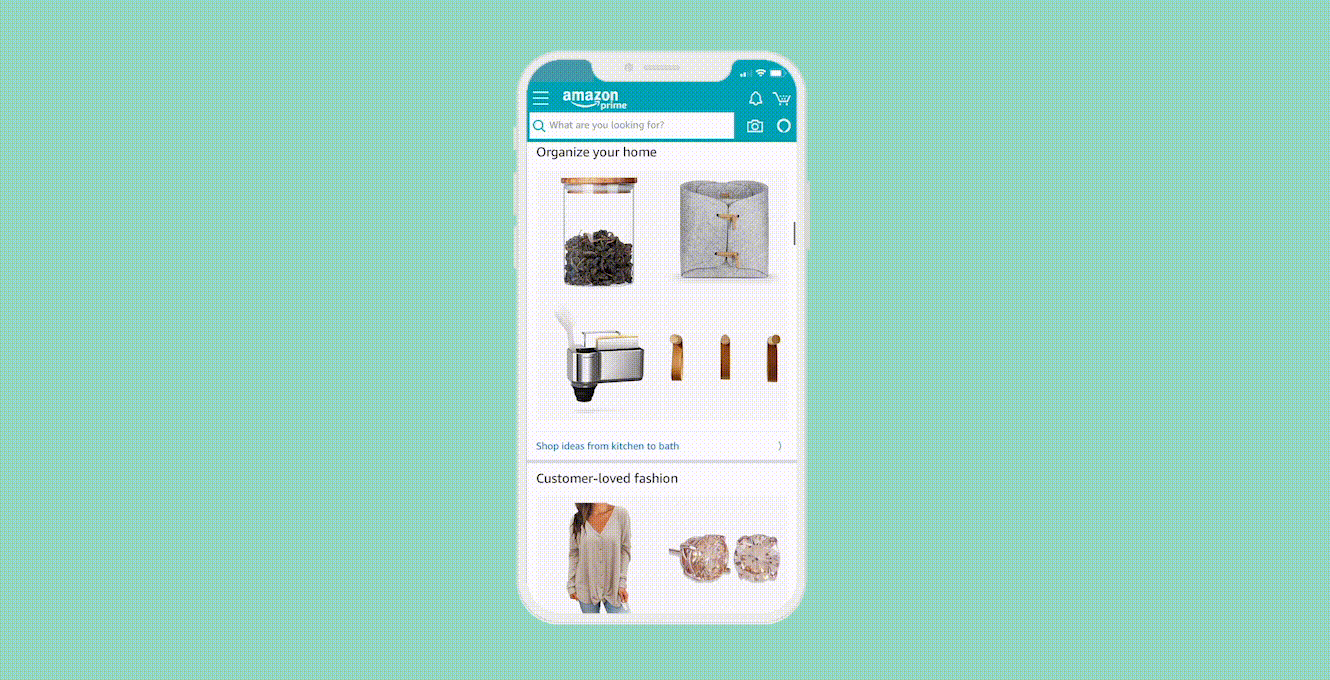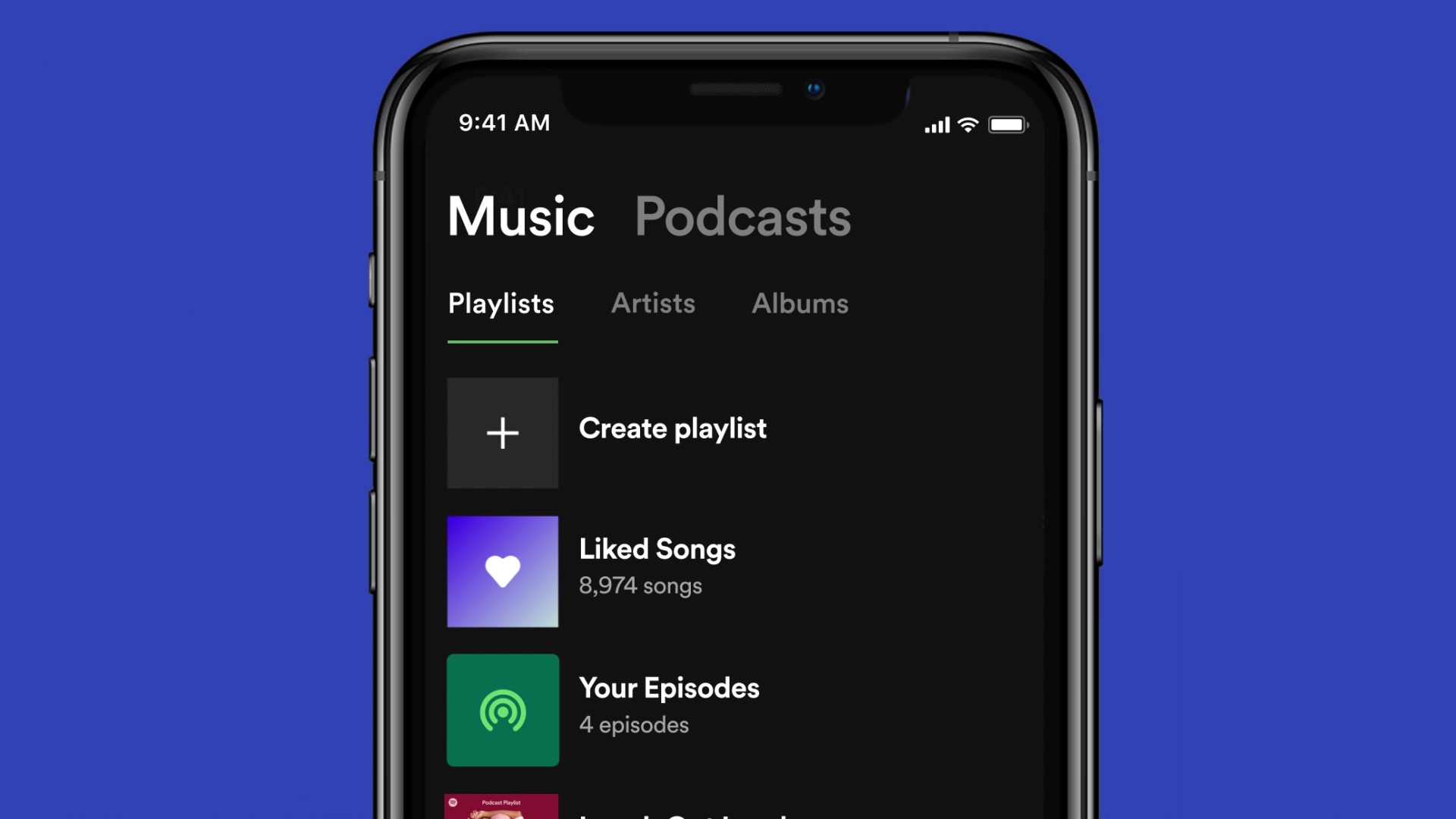18 February 2022
WTF is an NFT?
Read More

There’s a lot of talk about personalisation in the digital realm these days. So it’s important that we understand that it’s a tool that companies and consumers are starting to value and invest in. ‘Personalisation’ isn’t simply just a throw away term used in the industry; it’s a trend that will matter most when improving the size of your audience.
According to research from Salesforce, 75% of customers expect the companies they buy from to provide personalised customer experiences. Creating a journey that not only anticipates their individual needs, but can provide relevant suggestions tailored to their buying history.

Further research found that 57% of customers buying online are happy to exchange personal data in return for personalised discounts. Whilst 58% say that personalised experiences are a key factor when buying online.
So, if you haven’t got a personalised customer strategy in place for 2022, you’re in danger of falling behind competitors who can deliver the desired experiences your target audience is looking for. With personalisation already across many leading brands in the world, we’ll explore a few different approaches that provide compelling customer experiences.
One of the most recognisable examples of personalisation just so happens to be one of the most successful. In 2015, Amazon’s product recommendation engine reportedly contributed to roughly 30% of their total revenue.
 Source: dynamic yield
Source: dynamic yield
Product recommendation engines are becoming increasingly popular on the market, promising to deliver similar experiences for B2C and B2B companies. So it’s worth noting that product recommendations are routinely sought after by customers, making it one of the most preferred forms of personalised experiences.
Spotify’s music recommendations has arguably become the most effective way the streaming service keeps users engaged on the platform and consuming regular content. This level of personalisation comes down to the extensive user account customisation that’s possible when using the app.
 Source: BGR
Source: BGR
Spotify encourages their audience to create their own playlist, building an entire library of music that can be synced to their personal account. So, if a customer has hundreds of playlists saved away, it makes the prospect of leaving for another streaming service very unlikely, creating customer value when using their product.
Falling just short of Amazon in terms of product recommendations, Netflix will likely be the second-most recognisable example of personalisation. In terms of usability, Netflix’s content recommendations mean that users don’t need to spend ample amounts of time to find something to watch.
 Source: UX Collective
Source: UX Collective
More importantly, the machine learning behind Netflix’s streaming service allows the brand to learn about their consumers and suggest recommendations that tailor to the users needs, compelling them to keep using their product. Netflix is a great example of how hyper-personalization around content can keep your customer list engaged and invested in your product.
With the examples we’ve looked at, you should have a good understanding about how personalised experiences not only add genuine value to your audience, but will also keep users engaged with your brand and convert on a regular basis. So make sure you’re not left behind in 2022, start nailing personalisation, and become more connected with your customers.
Why not email hello@little.agency or call 0113 828 0000 to find out how we can help you to transform your content marketing.


Still the same great data driven services, but now with a different name